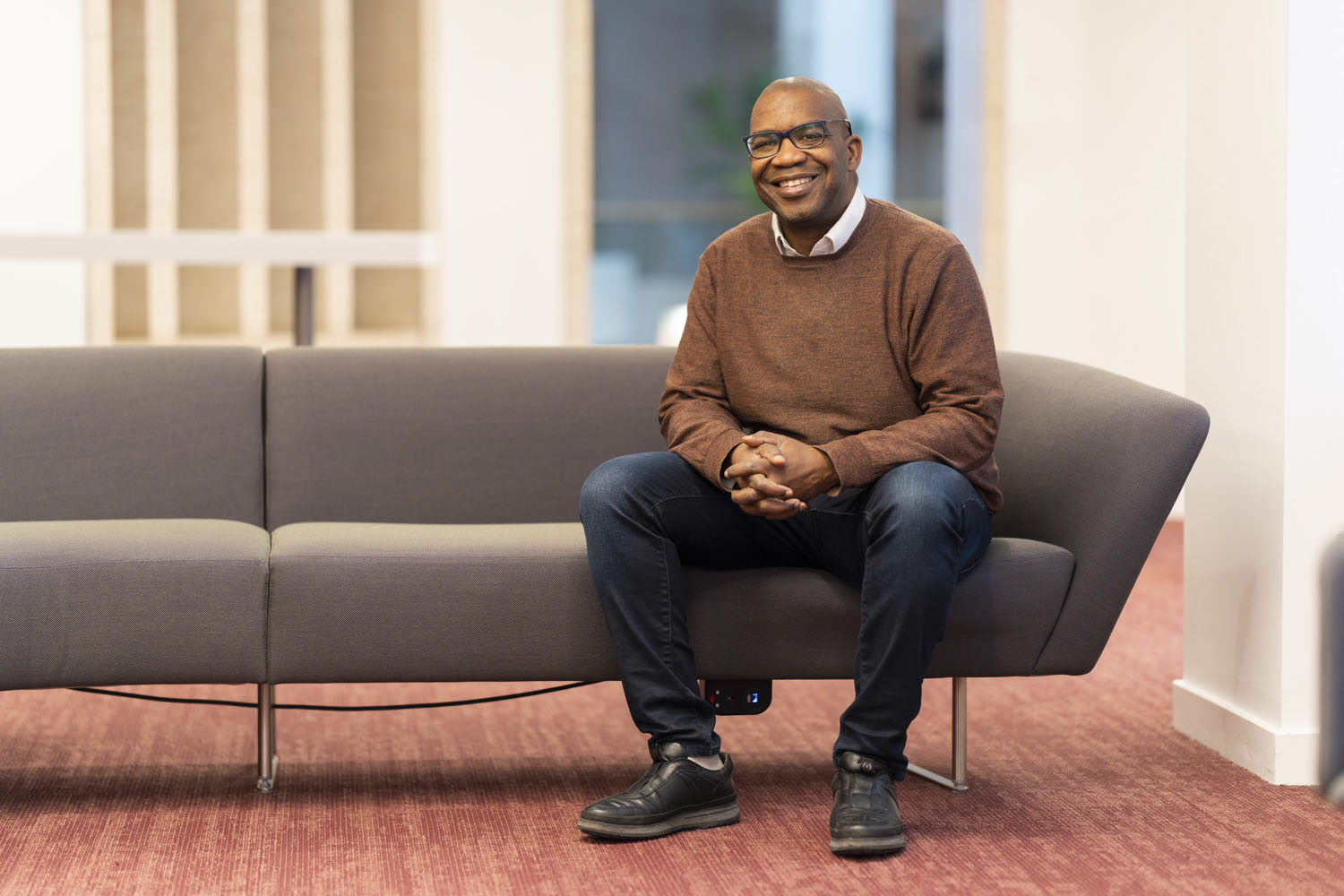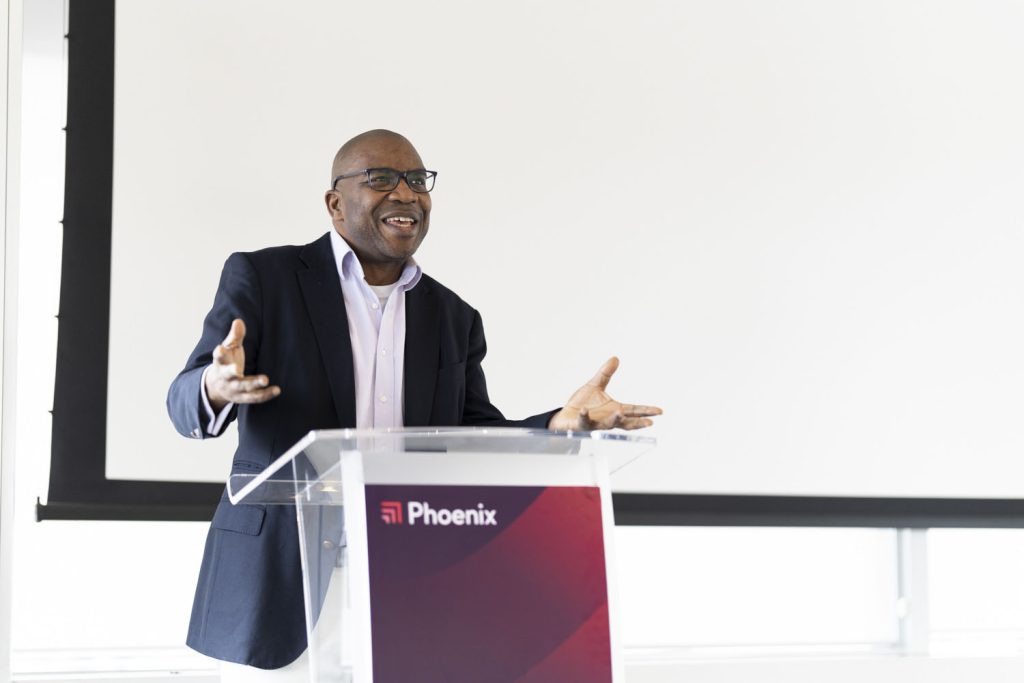
MANY companies waste money on Diversity schemes without properly addressing the issue that unconscious bias exists everywhere, argues diversity trainer Buki Mosaku.
With over two decades of experience and a track record working with major companies like JP Morgan and Sky TV, Mosaku, a seasoned professional, argues that addressing unconscious bias requires a more comprehensive approach.
In his book, “I Don’t Understand-Navigating Unconscious Bias in the Workplace,” he challenges the ‘us versus them’ culture between minorities and white managers.
Mosaku advocates for a shift away from a victim mindset, pushing for what he sees as genuine equity, diversity, and inclusion.
In a Q&A with the Diversity Hub about this issue, he discussed his central theory and argues Diversity Training needs to be nuanced and specific in what it seeks to address.
1. Can you explain why you think general traditional diversity training strategies, are flawed in addressing diversity and inclusion, despite companies investing millions in them?
To be clear, I was not referring to all Diversity training. I was specifically referring to traditional unconscious workplace bias training.
Many companies spend a lot of money, about eight billion dollars in the US alone, on strategies that see workplace bias as a one-way street. The problem is, bias at work isn’t that simple — it goes both ways. These strategies wrongly assume bias only flows from the majority to minorities. In reality, it can also occur in the opposite direction.
For instance, a person from a minority group might misinterpret a decision from a majority leader as biased, based on community rumours, past experiences, or generalisations about the majority.
In these cases, the minority can exhibit bias, and the majority leader becomes a victim of ‘reverse’ bias. Most bias strategies overlook these misinterpretations, adhering to a ‘Guilty Perpetrator’ versus ‘Hapless Victim’ model.
Recognising the multi-directional nature of workplace bias fosters unity. This doesn’t deny existential inequities; it actually fast-tracks collaborative resolutions that redress the imbalance in representation of minorities in senior and high-profile roles.
2. Can you elaborate on the “emerging evidence of unintended negative consequences” mentioned regarding diversity training and their impact on workplaces?
The primary issue is the severe underrepresentation of minorities in senior roles, exacerbated by one-way bias strategies. Progress has been painfully slow, with no black chairs, CEOs, or CFOs in any FTSE 100 company and minimal diversity in FTSE 250 leadership.
The apparent improvement since 2020 is artificial, as unidirectional bias strategies place the change burden solely on white leaders, leaving minorities as perpetual victims reliant on them.
I urge leaders to recognise the multidirectional nature of workplace bias, equip everyone with bias navigation skills, and thereby expedite organic growth in minority representation, ending the current diversity and exclusion challenges.
3. Can you briefly elaborate on the argument that programmes aiming to eliminate racial bias are deemed “futile” due to inherent human bias and how this perspective aligns with neuroscientific research?
Many programs aim to eliminate biases through training, especially for white managers, but this approach is futile. Rather than trying to eradicate bias, we should learn to navigate it, similar to sailors handling natural elements. Trying to eradicate workplace bias is a waste of time, energy, and money. It reinforces the flawed, ‘guilty perpetrator’ versus ‘hapless victim model’ that sustains and perpetuates the current imbalanced status quo in terms of underrepresentation of minorities in senior and high-profile roles.
4. Can you share successful strategies or initiatives your company has implemented in collaboration with global organisations to enhance diversity and inclusion?
We offer programs based on the IDU? Methodology outlined in my book, “I Don’t Understand – Navigating Unconscious Bias in the Workplace”. These programs provide tailored bias navigation strategies for both minority and majority staff.
The goal is to empower everyone to address perceived bias without triggering defensive reactions, fostering a culture of psychological safety. This approach addresses bias issues in the moment and contributes to a broader workplace culture conducive to mitigating bias challenges among staff, people managers, and leaders.

5. What alternative approaches do you recommend for addressing bias, particularly in a multi-directional manner, instead of teaching white staff to check their privilege, which as you suggested is “doomed to failure”?
What I meant is that excessive focus on checking white privilege reinforces a ‘guilty perpetrator versus hapless victim’ model. To be genuine allies, white leaders should prioritise equipping themselves and minorities with bias navigation skills. This approach addresses day-to-day bias issues, expediting organic increases in minority representation in senior roles over time.
6. Based on your expertise, what are the most effective and evidence-based methods for promoting diversity, equality, and inclusion in the workplace, and how can organisations adapt to these approaches?
This is a wide topic, but when it comes to workplace bias and underrepresentation – measurable.
Combined effective Bias Navigation and awareness surveys that measurably and numerically assess: Bias Awareness levels – to what extent all staff are quipped to navigate inevitable workplace bias, and Measure and hold hiring people – managers’ accountable for hiring diverse teams that reflect their region, client and customer base.
This must all be blended with bias navigation strategy and skills training at:
As a starter I refer people to Mosaku’s Bias Navigation Test (MBNT) which is free and can be found at www.navigatingbias.com or on my site www.bukimosaku.com. This is a 90 second assessment that reveals what a firm or leader or people-manager’s bias navigation strategy is now and what the best one for them is going forward.
Buki Mosaku, is the founder of London-based DiverseCity Think Tank, a consortium of workplace bias experts and equity, diversity, and inclusion consultants. He is also an expert on effective communication and workplace bias.